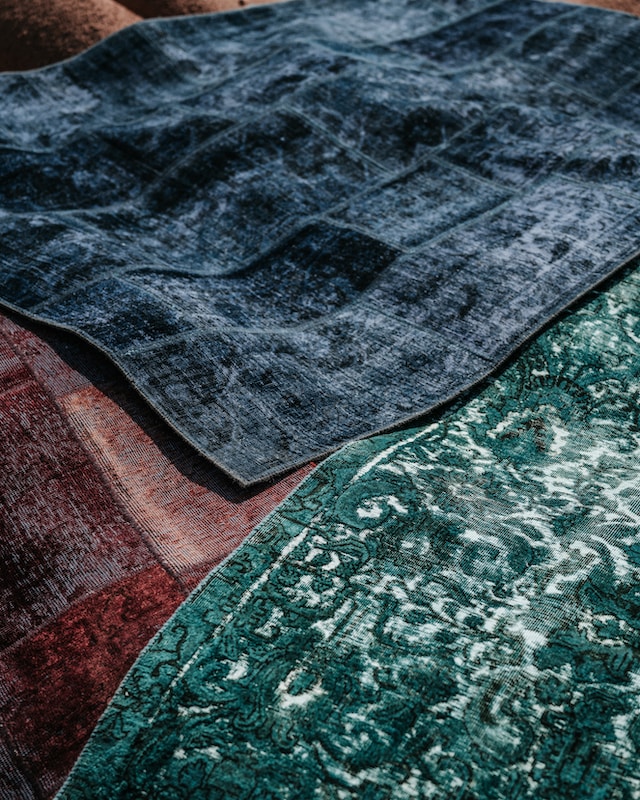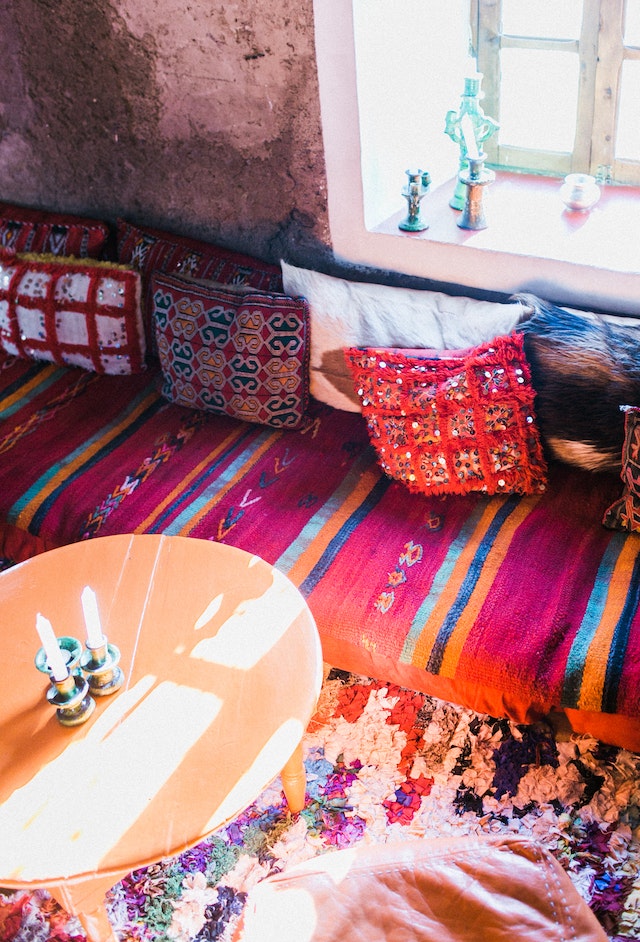native american woven rugs
History of Weaving in Native American Culture
Native American woven rugs hold a long and fascinating history within their craftsmanship. For centuries, Native Americans have crafted unique pieces of art using traditional techniques of weaving. These pieces often tell stories about the culture they come from, depicting symbols and imagery that are meaningful to them. The intricate designs found on these weavings often feature animals, plants, arrows, suns, and other natural elements as well as geometric shapes. The materials used also have a special significance—traditionally wool was used to create rugs but some tribes also use cedar bark and even horsehair for their designs. Each rug is truly a work of art that reflects the rich culture of its creators.



